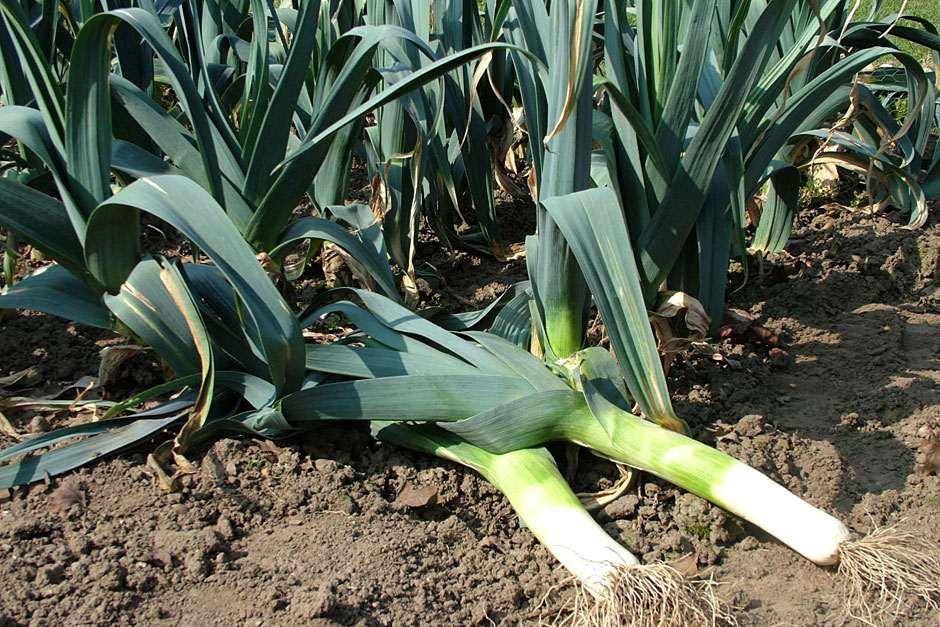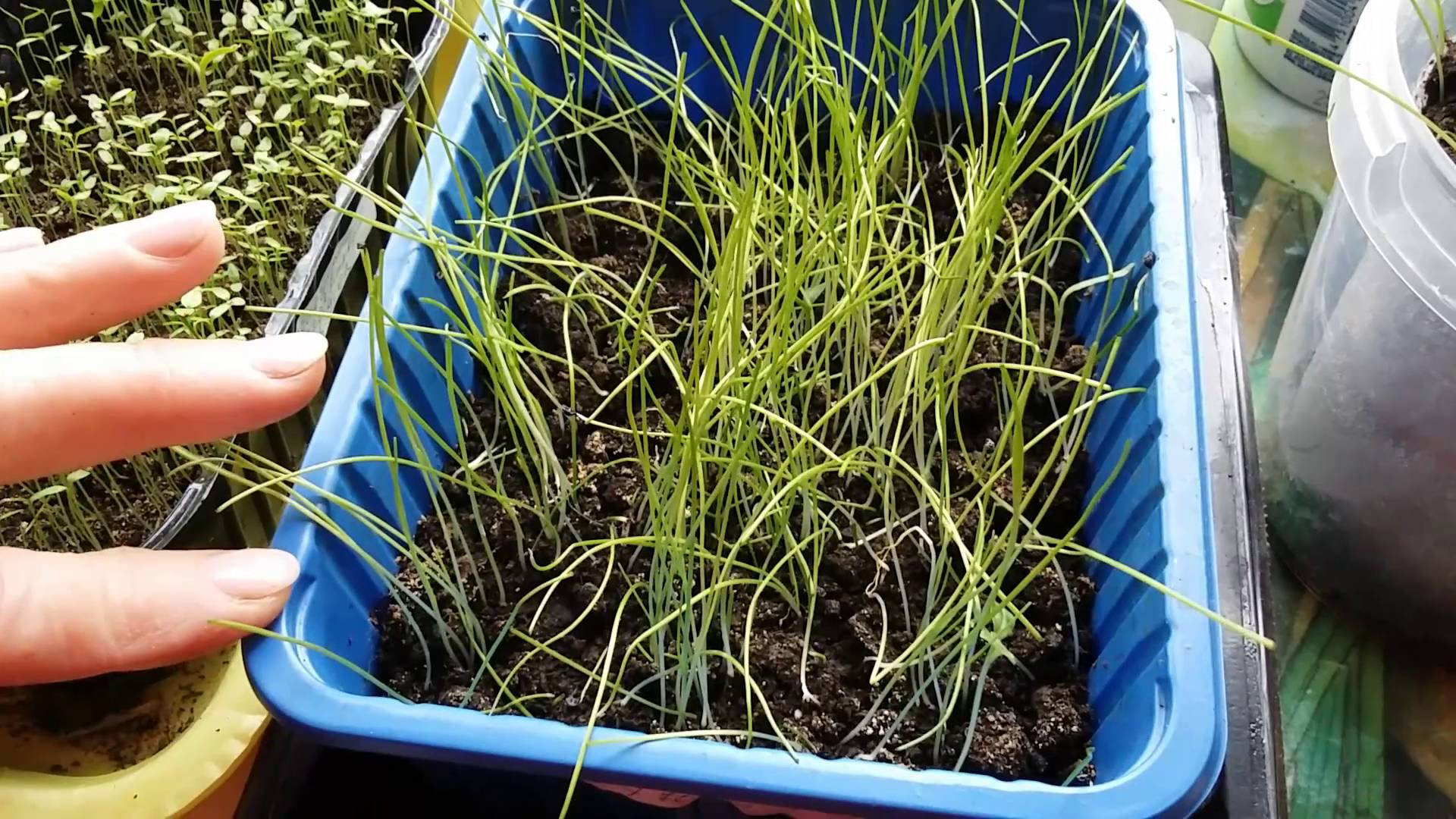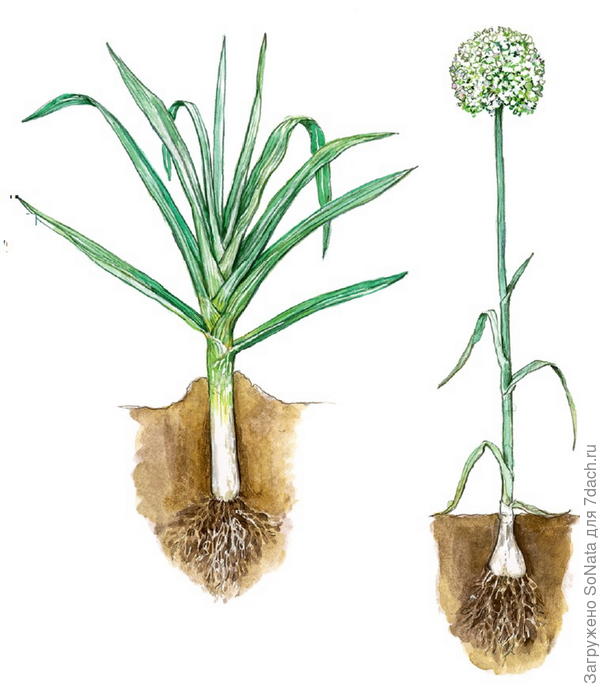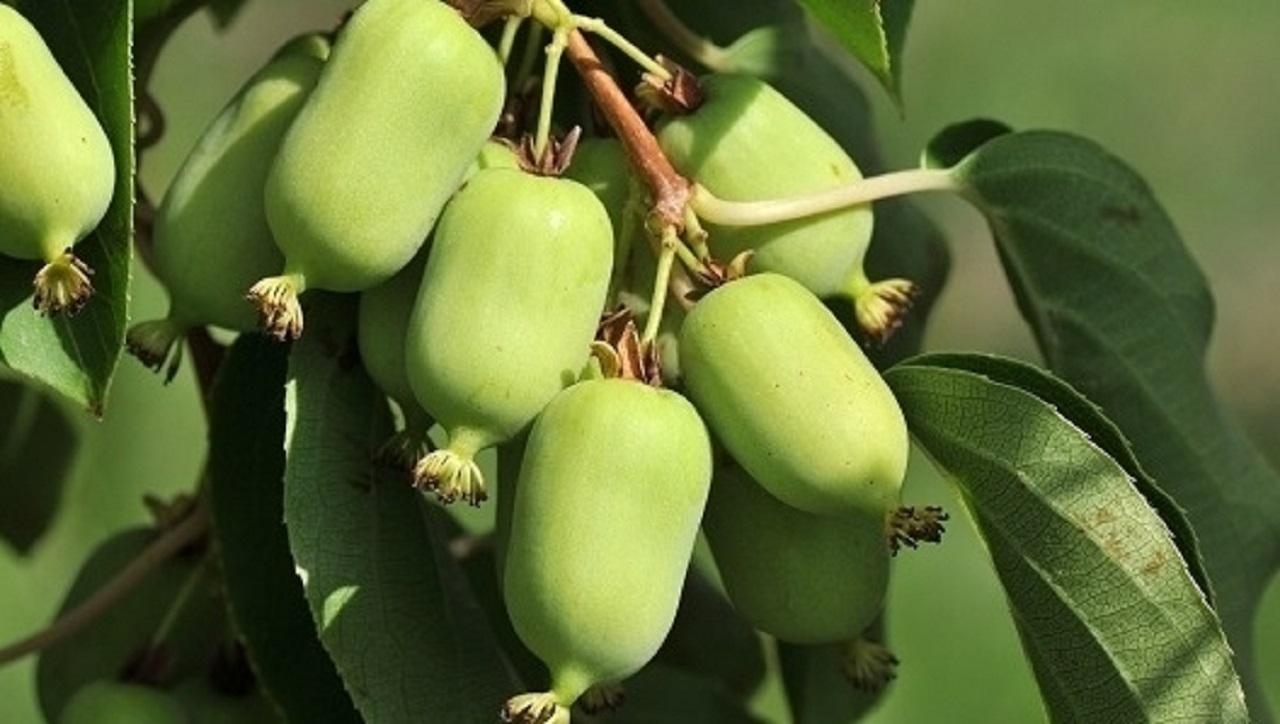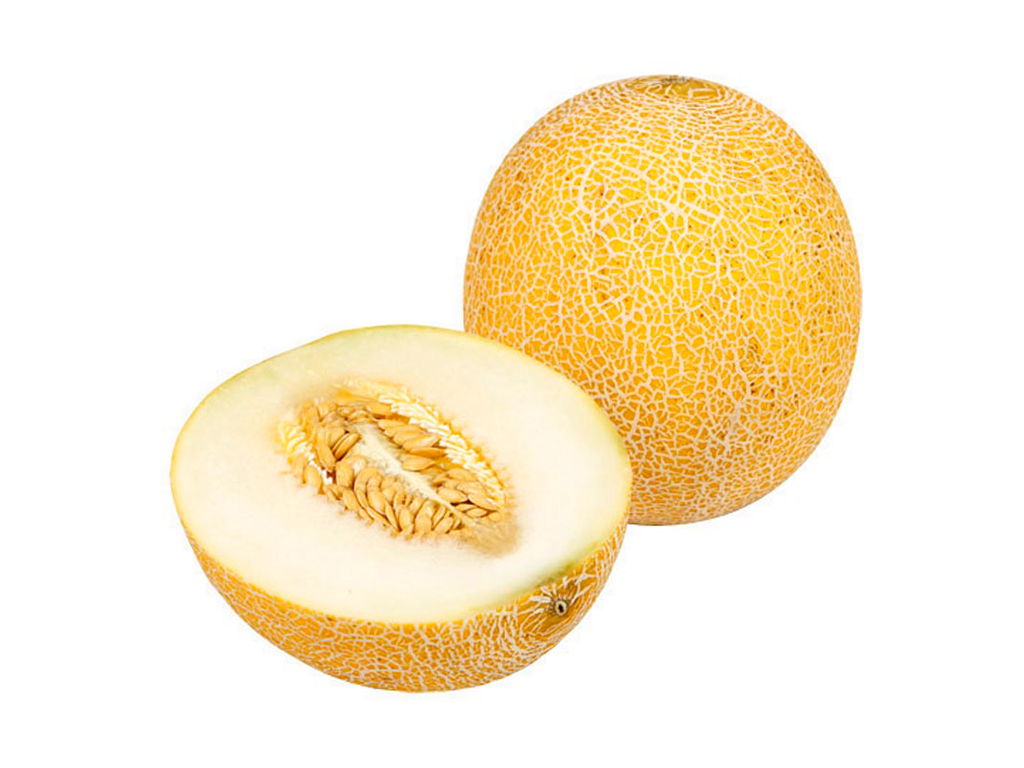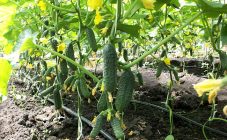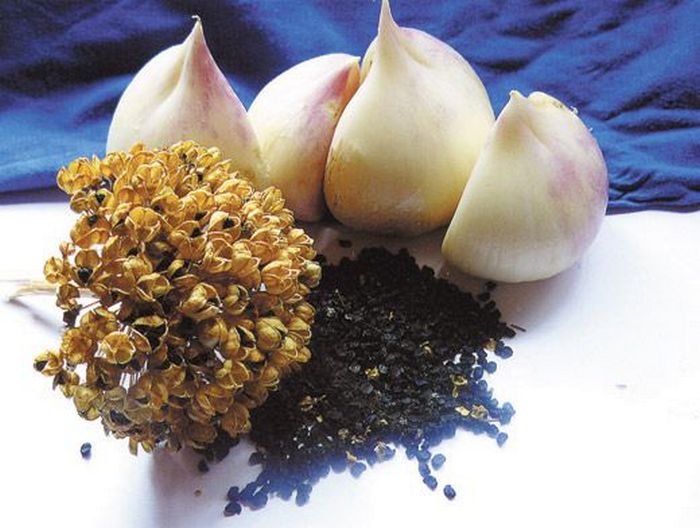In recent years, this type of onion has been increasingly found in vegetable gardens in various Siberian regions. The taste of this onion is quite piquant, it contains many vitamins, and it is very easy and simple to grow this plant.
In order to get a high yield of leeks in Siberia, you should remember: this plant loves well-fertilized loam, regular watering, as well as loosening the soil and removing weeds.
It is better to plant the seedlings of this onion in a sunny, wind-protected area - in such conditions, the seedlings will be well accepted and will quickly grow. In the shade, this vegetable crop will grow more slowly; a large harvest in such conditions may not be obtained.
How to grow leeks in Siberia while getting a good harvest? This will be discussed below.
Description of culture
Cold resistance in this vegetable crop is important, since the plant is biennial, therefore it is important that the bulb does not freeze out in the ground over a long winter period.
During the first season, this plant develops a false bulb, consisting of thickened foliage bases, which are attached to the stem and smoothly turn into a false shoot. The color of the stem is pale green, white under the foliage, smoothly turning into light emerald. On the cut, the core is yellow, and the surrounding foliage is white. Depending on the growing conditions and variety, the stem height can be up to 0.7 m in height, and the radius up to 5 cm.
The foliage is elongated, flat, colored in emerald color: from light to dark. In the second season, this bow forms an arrow up to 2 m in height, on which a spherical inflorescence up to 8 cm in diameter begins to grow, flowers are white or lilac in color. Seeds are black, triangular in shape, do not lose germination up to 4 years.
Reproduction of culture
Leeks - growing and caring for this vegetable crop in Siberia is possible, since now many varieties have been bred that have high frost resistance. Growing leeks in the Urals practically does not differ from planting in Siberian regions, since the climatic conditions in these regions are approximately the same.
This vegetable crop is cultivated by seeds. In Siberia and the Urals, seedlings must first be grown at home, only after the onset of heat can they be planted in open ground.
Planting seedlings
In warm regions of our country, leek seeds can be planted immediately in open ground, in colder regions, seedlings are first grown at home, and after the probability of frost passes, they can be planted in a permanent place.
The duration of daylight hours for seedlings should be at least 11 hours, therefore, as soon as the first shoot appears, it will be necessary to install fluorescent lamps next to it for additional illumination of the seedlings.
Seeds are planted in narrow, long boxes that can be installed on window sills or glazed balconies. They should be planted at a distance of 6 cm from each other, the embedding depth is about 1-1.2 cm.Crops are watered and covered with polyethylene to create a greenhouse effect. Open the film after the first shoots appear.
You can plant seeds in peat tablets. Seedlings can grow and develop well in such a soil; further planting of seedlings in a permanent place is greatly simplified.
The soil in which you need to grow seedlings can be bought in a specialized store or prepared by yourself. The composition of such a nutritional formula should contain:
- wood ash;
- eggshells;
- high-moor peat;
- rotted foliage and sawdust;
- turf;
- vermiculite (or perlite);
- coarse river sand.
In general, the composition of the soil for growing seedlings should be similar to that in which seedlings will then be planted in open ground (or in greenhouse conditions).
Before sprouts appear, watering is done every day, but in moderation. After a month, the thickened seedlings should be cut open by replanting the seedlings in separate peat cups. The air temperature in the room where the leek is grown should be about 20 ° C during the daytime, and at least 15 ° C at night.
The term for growing seedlings is usually 1.5-2 months. By the end of the second month, 3-4 leaves appear on the seedlings. Before planting in open ground, the seedling should be cut off: roots - by about a third, foliage - by ¼-1/3.
Culture care
The place for planting seedlings of this vegetable crop must be prepared in advance. The best soil in the beds is light loam. Furrows up to 15 cm deep are made in the soil, into which the seedlings will be placed.
The planting density of seedlings is up to 30 plants per 1 m². You can plant sprouts in two-row or multi-row ways. With the two-row method, the distance between the shoots is about 24 cm, and between the rows - up to 34 cm.With the multi-row method, the onion is planted every 15 cm, and the row spacing is made 30 cm wide.
After planting, the plants must be watered. If the onion was planted carefully, and the roots were not damaged, then the seedlings take root in a new place quickly.
Caring for growing leeks consists in carrying out the following procedures:
- in regular watering;
- in applying dressings;
- in carrying out hilling.
It is necessary to water the planted plants every two days, while the soil should be moistened by 9-10 cm, regular watering is especially important during the period of growing vegetative mass.
Fertilizing is carried out every two weeks, combining them with watering. Organic fertilizers are most commonly used. This vegetable plant responds best to feeding with a liquid solution of mullein or chicken droppings.
During the summer season, the hilling procedure is carried out at least 4-5 times. Ideally, sprouting growing seedlings should be every 12-14 days. This procedure is carried out the next day after watering.
How to harvest
Harvesting leeks in Siberia should be the same as in other regions of the country. First of all, they pay attention to the variety that is grown on the site, because there are such varieties of leeks:
- early ripening;
- evergreens, from which only the aerial part is collected;
- varieties in which the feather remains tender and soft throughout the entire growing cycle of the plant;
- varieties grown for heads.
To keep the feather of this onion on the table during the warm season, it is cut during the entire summer and autumn period.
To stock up on leeks for the long winter, you need to cut them in the first decade of October and prepare a place for storing it.
The heads of this vegetable plant must be dug up before the first frost.
In warm regions, this vegetable crop is often not completely dug up before the onset of winter, and some of the plants are left in the beds until spring. But in this case, the leek must be covered so that its aboveground part can withstand slight frosts.
In colder regions, this culture has to be dug up. This procedure is carried out as follows:
- the heads are dug out carefully so as not to damage either the underground or the aboveground parts;
- dried, damaged and yellowed feathers are immediately removed;
- the aerial part must be cut by 2/3 of the length;
- the roots are cut to half their length;
- gently wash off the dirt from the head under running water;
- dried in a room with ventilation.
Subject to all the rules for planting and caring for leeks, vegetable growers will never be left without spicy greens and snow-white heads of this root crop.

